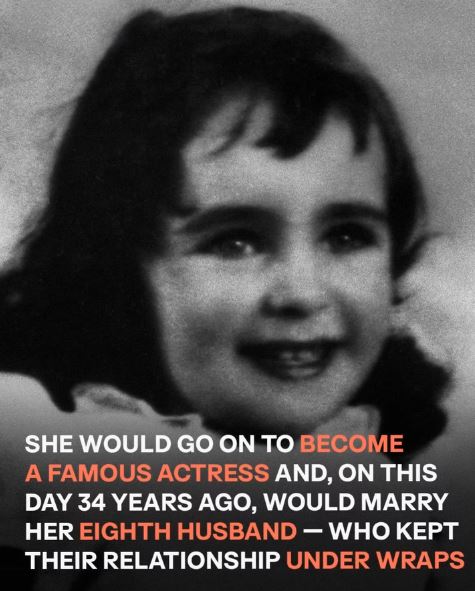Thirty-four years ago, a wedding took place that defied every conventional rule of romance. Elizabeth Taylor, the epitome of Hollywood royalty, married Larry Fortensky, a construction worker she met in rehab. The world watched in bewilderment. How could a woman who had been married to Richard Burton and Mike Todd find common ground with a man from a completely different world? The answer lies not in shared interests or social status, but in the profound human connection they discovered at their most vulnerable.
Their meeting at the Betty Ford Clinic was pivotal. In that environment, the facades came down. Taylor was not a screen goddess; she was a person grappling with her demons. Fortensky was not intimidated by her fame; he saw a woman in need of companionship and support. Their relationship was built on the raw, honest foundation of recovery, where titles and wealth meant nothing, and authenticity was everything. They found in each other a safe harbor, a person with whom they could be utterly themselves without judgment.
The life they built together, though short-lived, was filled with a simple joy that Taylor had often missed. They were frequently photographed enjoying the kind of normal activities that were a novelty to her: riding his Harley-Davidson, sharing casual lunches, and laughing like teenagers. He gave her the priceless gift of an ordinary experience, while she offered him a glimpse into a world of extraordinary passion and loyalty. Their love was a reminder that at its core, a powerful relationship is about how two people make each other feel, not the resumes they bring to the table.
When the marriage ended, it was without the public acrimony that often plagued Taylor’s previous divorces. They transitioned into a lasting friendship, a testament to the genuine fondness that remained. The bond they formed in recovery proved more durable than the pressures of their disparate public lives. Fortensky’s heartfelt reflections after her death confirmed that their connection transcended the end of their marital contract.
The Taylor-Fortensky story is a timeless lesson in looking beyond the surface. It teaches us that compatibility isn’t about matching pedigrees or bank accounts, but about finding someone who sees your true self and loves you for it. Their union, though unexpected, was a beautiful interruption in both their lives—a powerful example that love’s most genuine form often arrives unannounced, in the most unlikely of packages, and redefines what we believe is possible.


